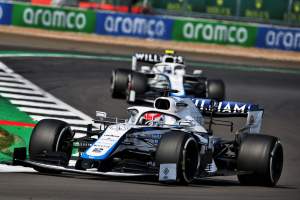Up Next

Nicholas Latifi describes his first experience of racing in Formula 1 in 2020 as “enlightening”. While he suggests that could be seen as overstating the case, the Williams man, who was the lowest-profile driver on the grid during his rookie season, captures the experience of a grand prix rookie perfectly.
The learning curve faced by drivers graduating to F1 has never been steeper in terms of the broad range of skills this step tests. Whereas once it might have been a question of wrangling a more challenging car, now it’s about learning the endless fine detail that goes into producing lap time over and above what might be reductively called the fundamental driving ability.
The quiet progress Latifi made toiling at the back of the grid last year was clear, if unobtrusive. While eternally in the shadow of superstar team-mate George Russell, Latifi proved himself to be a perfectly solid driver on his first taste of F1, even if he didn’t pull up any trees.
That was broadly in line with what you’d expect from the 25-year-old after his slow-burner of a junior career, which culminated in finishing second in F2. Nobody was expecting him to be at Russell’s level and he wasn’t, but he also wasn’t out of his depth.
While he owes his place on the F1 grid to the significant resources behind him and might well never break out of the pay driver bracket, that competent first season proves there should at least be more to come in 2021. He’s certainly benefitting from an intelligent, methodical approach that should yield further returns – the right attitude for any F1 driver, and doubly so for one with ground to make up.
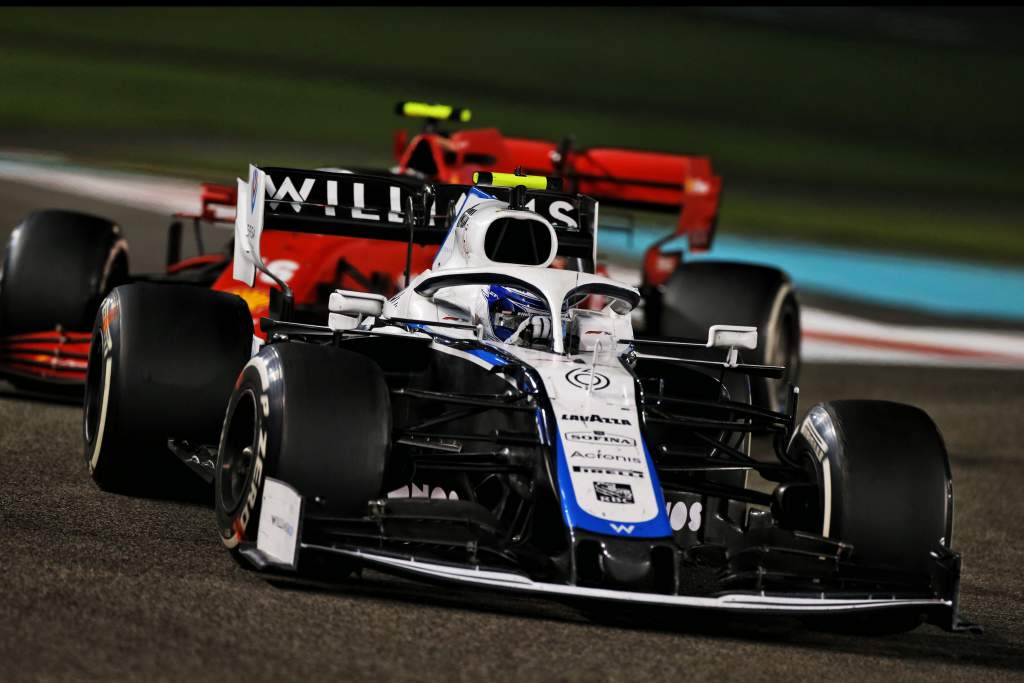
“Maybe ‘enlightening’ is a strong word, but definitely I’ve discovered and learned more about myself as a driver than I’ve learned in the past,” says Latifi.
“Last year in F2, there was a car change so it wasn’t the exact same thing, it was a similar environment for those years that I spent there. You can see very quickly what your strengths and weaknesses are. It’s as consistent environment as you would hope to nail down and improve those things.
“It’s been a year of learning, massively” :: Nicholas Latifi
“Then, jumping into Formula 1, you’re not only driving much higher-performing cars but you’re up against the best drivers in the world. Going up against George, it’s great for me to benchmark myself against something like that. You learn a lot more about yourself as a driver because you have to adapt.
“You can’t just stay in your comfort zone of what worked for you in the past, how you were able to drive. You have to re-wire your brain sometimes, unlearn habits. A big part of being a Formula 1 driver, being a top-level driver in any discipline, is been able to make these adaptations for good or for bad.
“I’ve obviously learnt about myself as a driver. It’s highlighted some specific areas where I know I need to improve.”
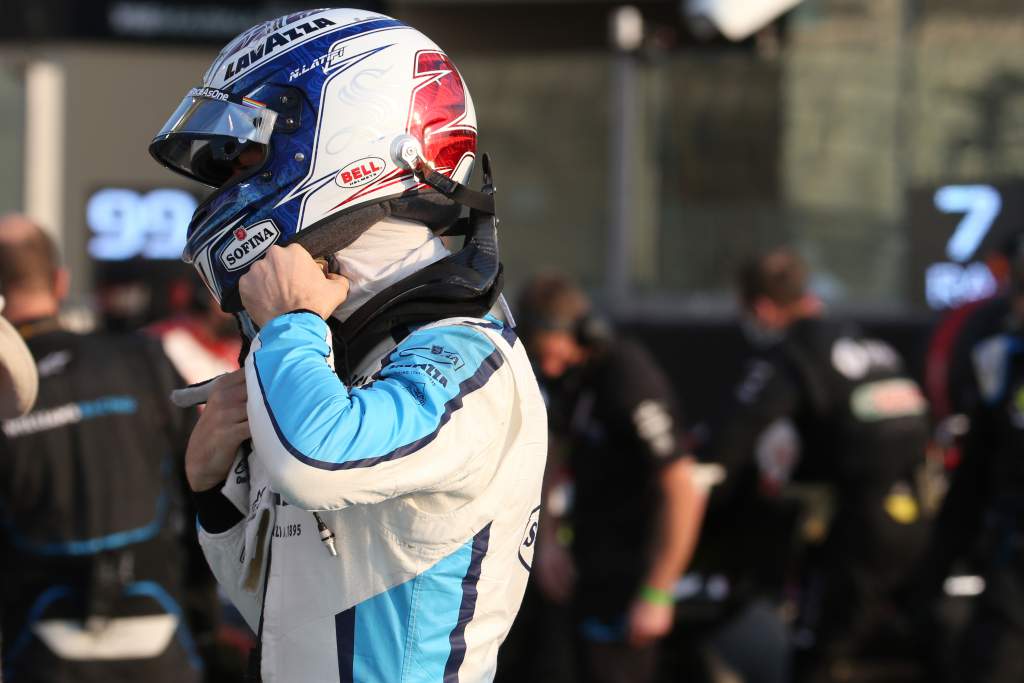
The quick summary of Latifi’s debut campaign would be that he was poor in qualifying but better in the race. His best results were a trio of 11th places at the Red Bull Ring, Monza and Imola, but despite winning the ‘Class C’ battle at the back on that one occasion in the Italian Grand Prix with the assistance of the safety car and red flag, he never managed to do so on merit. That said, he was leading that group in Bahrain when he retired with an oil leak. For the most part, Sundays were decent enough and at Monza and Sochi he did finish ahead of Russell.
The problems came in qualifying. While he did reach Q2 in Hungary, he never beat team-mate Russell and was an adjusted average of 0.539s behind. Latifi himself rates himself eight out of 10 for races but only five for qualifying, but while you might quibble about the numbers, the offset is on the money.
“There’s some things where I’ve not been satisfied with the progress, or I was hoping to progress a big quicker,” he says. “At the other end there’s some things that I was hoping I was going to be quite strong based on the junior formulas that have been strong.
“The part I have to improve on going into next season is the Saturday, just being able to put everything together. I was hoping to see slightly more progression from the beginning to the end of the year so there’s some analysis for me to do over the winter to make sure we can start banging out the qualifyings that I know I’m capable of and the car’s capable of.
“It’s been a year of learning, massively. That’s the important thing, to bank on all this knowledge that I’ve built up, carrying that forward into 2021 and see how I can improve from there.”
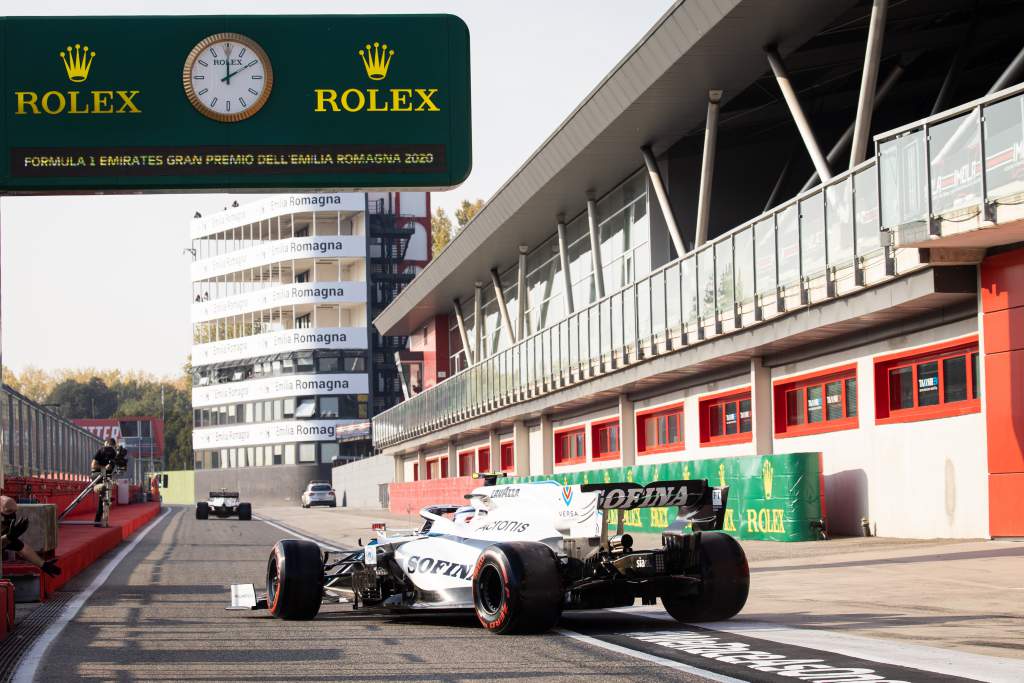
Latifi had some good days and less good days when it comes to tyre management, and concedes he’s still got more to learn on that score. It’s an example of the difference in scale of the F1 challenge compared to F2, given he was strong on looking after the Pirellis there. As with everything in F1, it’s a more complex challenge given the astonishing lengths teams go to to optimise every detail.
And returning to the enlightenment of stepping up to F1, for many drivers it’s the first time they have raced a prototype race car. While Formula 3 was still multi-marque to an extent when Latifi raced in it, the Dallara chassis was near-ubiquitous even though teams would conduct their own development work. But once in F1, he’s been presented with a whole new world.
In F2, for example, teams have a good feel for how to get the best out of the car and the correct style to optimise its qualities. But an F1 car is a blank canvas, which is why the skill set for a driver has to be far broader. This is the very different world that drivers face when they graduate to grand prix racing, with the sea of data and the analysis by the team at a completely different scale to what they’ve faced before.
It boils down to having to adapt to driving to a limited car, rather than simply tuning his style to suit a proven package in the one-make junior ranks.
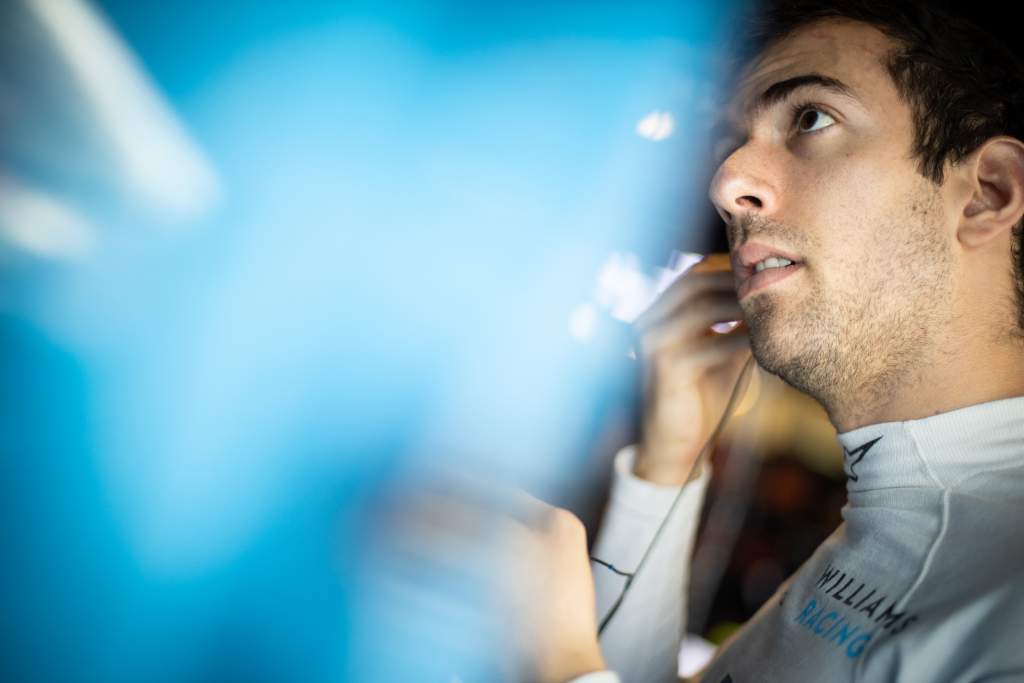
“I tend to push quite hard on the entries of corners,” says Latifi. “That’s always been my driving style, push the brakes quite late.
“As a result, you might not get the best exits, or if there’s a place I’m going to be losing a lot of time it can be on the medium-speed or exit phase. I try and get everything right, the late braking, the minimum speed and the exit, but it’s sometimes not always the case.
“The big thing is we’re driving the car we have, which doesn’t have the most downforce. And it’s not necessarily the most driveable car in terms of all phases of the corner. We speak a lot about how’s the through-corner balance of the car, what’s the balance of the car when you brake, when you turn the wheel, when you get to the apex, when you get to the exit and you start applying throttle. Having something that is consistent across all of those phases, or at least consistent to the inputs you give as a driver, helps quite a lot with the confidence.
This year will probably add up to another largely-anonymous season, but that’s the reality for a driver battling in F1’s lower reaches
“This is constantly something that we’ve been trying to improve with our car. It would help confidence and one-lap pace but also to help us to race and make quick decisions, be aggressive, drive over the limit of the car and not have a worry of losing time from a lock-up or snap of oversteer or what have you.
“I think our car is maybe a bit more sensitive to not naturally how I’d like to drive, which is pushing the entries and really attacking the corners on the brakes. That’s maybe been a bit of a struggle at some times, reminding myself ‘don’t do that, you have to drive more in this way’. It’s clearly been something George has been able to adapt to a bit better than me.”
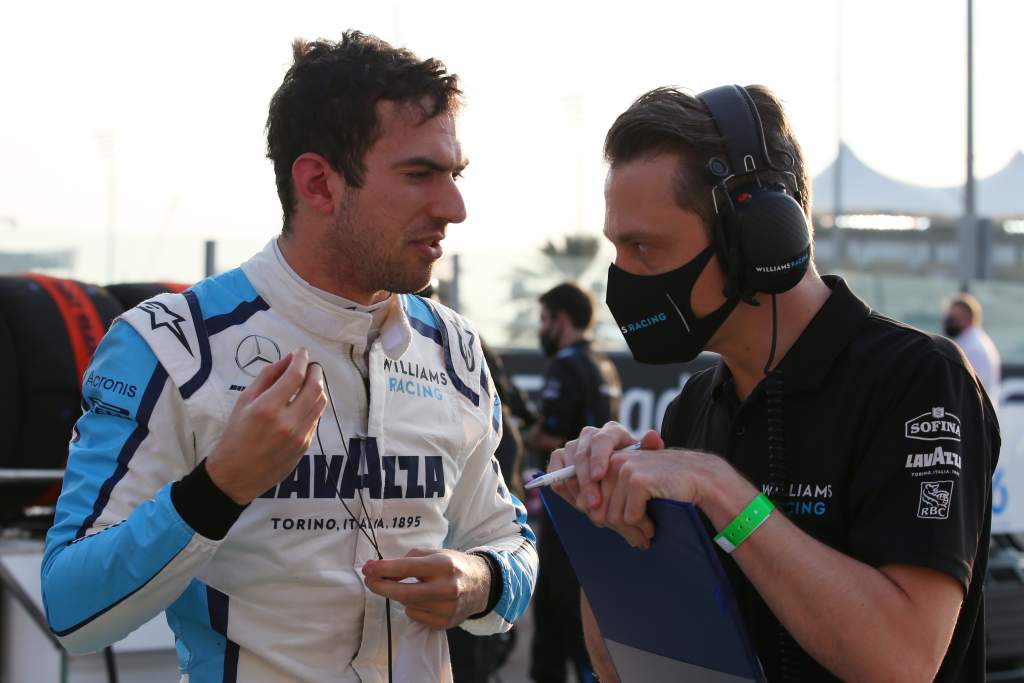
Inevitably, the difficulty of doing this is magnified in qualifying when the car is constantly on the limit. Add into the mix the fact that Latifi is up against Russell, who has a formidable reputation for his Saturday performances – and proved beyond doubt he can cut it on Sundays too with his outing for Mercedes in the Sakhir Grand Prix – and it’s clear just how steep a learning curve the Canadian was on.
While there’s no reason to expect anything extraordinary from Latifi this year, especially facing the impossible task of being compared to Russell every weekend, he will continue to chip away and apply the lessons learned in his first year. That will probably add up to another largely-anonymous season, but that’s the reality of life for a driver battling in F1’s lower reaches.
He’s certainly confident that Williams has the chance to make a step this year after joining the group at the back last year, even if much of the machinery is carried over from last year.
“I’m confident we will make a step forward next year,” says Latifi. “Realistically, I don’t think we’re going to make as big a step as we did from 2019 to 2020 simply because of the nature of the car carrying over.
“There will be some areas we can improve, there’s lots of developments going on,” says Latifi.
“We’re still putting a big emphasis on 2021. I’m quite looking forward to seeing where we can get to next year. We can make a step forwards and I hope to be part of this team’s future beyond 2021.”



